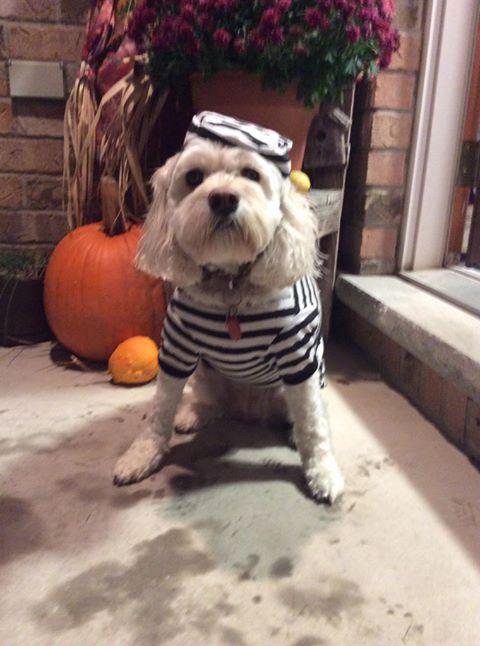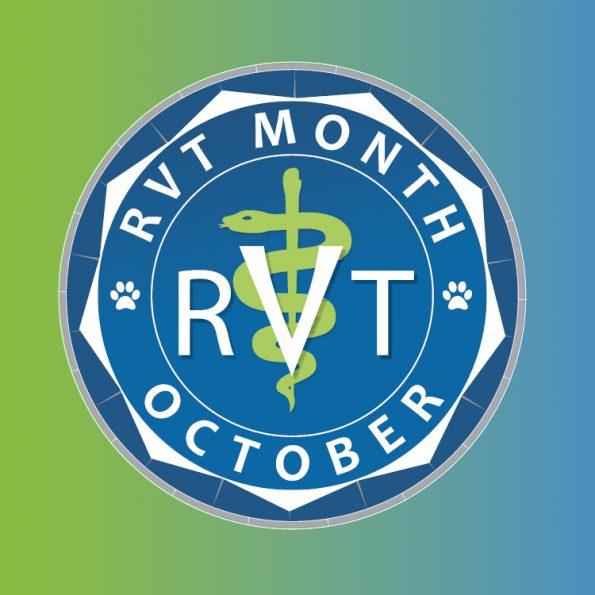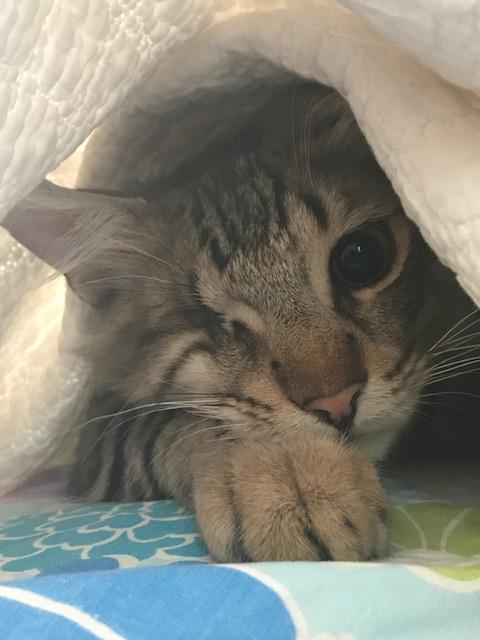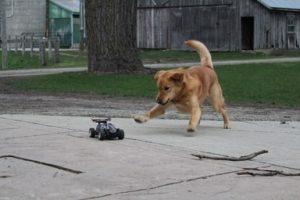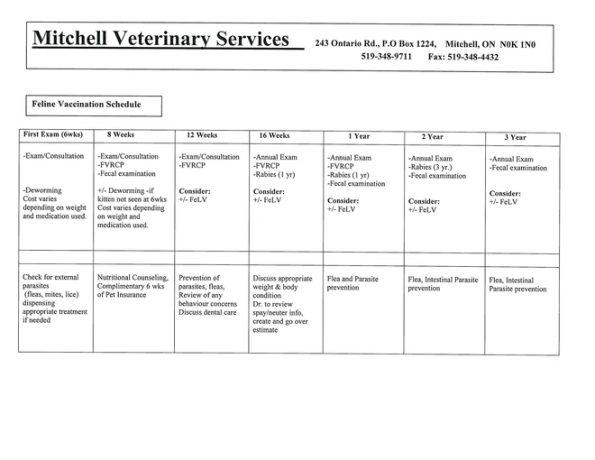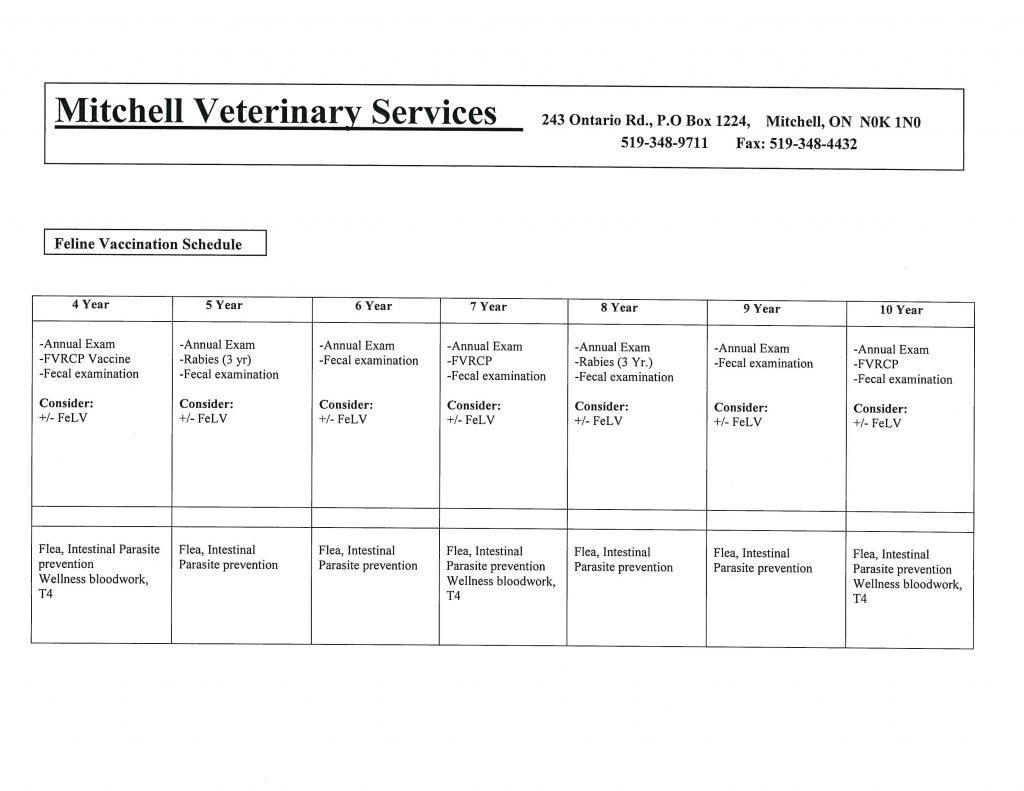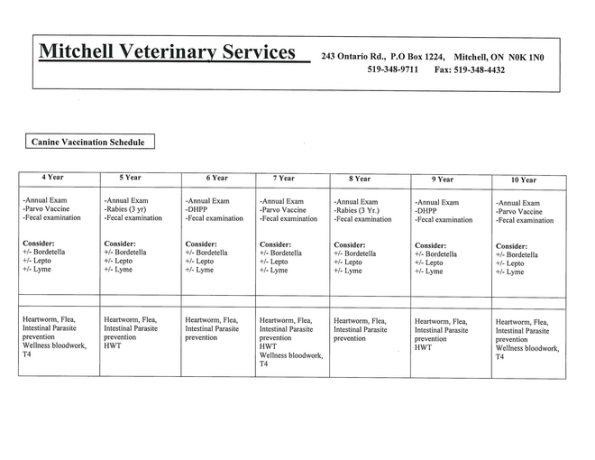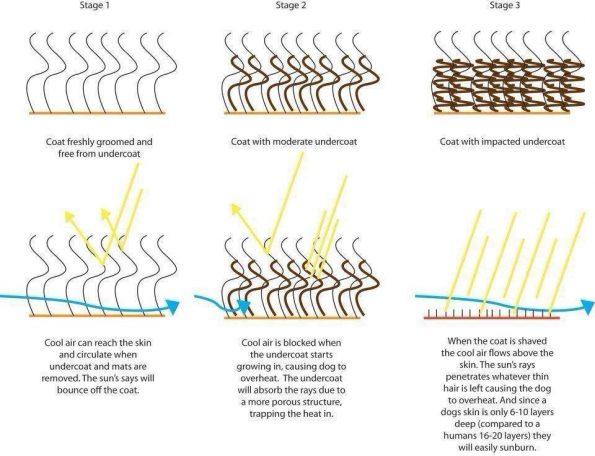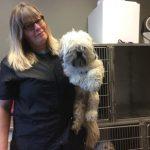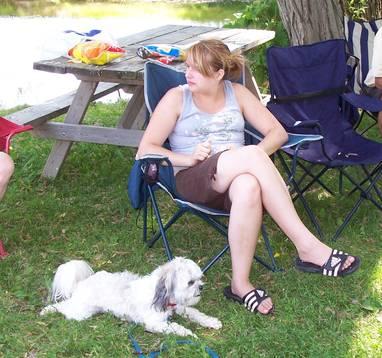
When adopting a new pet, most people will go looking for a younger dog to “save”, not realizing how much love and joy an older, senior dog can give them. Don’t walk past the older ones; there are so many benefits to adopting a senior pet for both you and the adoptee. Some benefits are:
- Seniors need homes just as badly as younger dogs.
- There are just as many senior dogs as younger dogs in shelters. They want the same love and attention as the younger ones.
- You may end up saving his life
- In some shelters the senior pets are euthanized because no one adopts them. However, thankfully this is becoming less frequent in Ontario; it still will happen in other parts of Canada and the US. Helping that senior pet live out his golden years in a home with a loving family will make him so much happier then being in a shelter for the rest of his years.
- Senior pets aren’t always “problem dogs”
- A lot of people have this perception that senior pets are in the shelter because they are “problem dogs” that no one wants. This isn’t the case most of the time. There are lots of dogs surrendered because of allergies, the novelty of being a pet owner wearing off, death of the owner, a new baby, loss of a job, etc. They can be surrendered for reasons that are not their fault, nor the owners.
- They already are trained and understand basic commands
- Since they are already house trained and know basic commands like “sit”, “stay”, “lay down”, etc. It makes it easier to transition them into your home. It will also save you time in the day because you don’t have to potty train them.
- Calmer and less energetic then younger dogs
- Seniors normally have less energy, and a calmer demeanor/temperament. This makes it easier if you live a busy life, they don’t need to be walked as much and they will sleep most of the day.
- Teaching old dogs new tricks
- Even though they are old, doesn’t mean you can’t teach them new tricks. It is actually recommended to keep teaching them tricks as they get older, it will keep their mind and body healthy!
- Settle very quickly and become instant companions
- Older pets are ready to love and be loved. They usually will easily transition to your house and bond almost immediately. You will forever be their best friend and partner.
Therefore, if you are looking to adopt, think about adopting a senior pet. You can be their saviour.
If you have any questions about adopting a senior pet, talk to one of our team members at Mitchell Veterinary Services. We would love to help you find the perfect pet!

